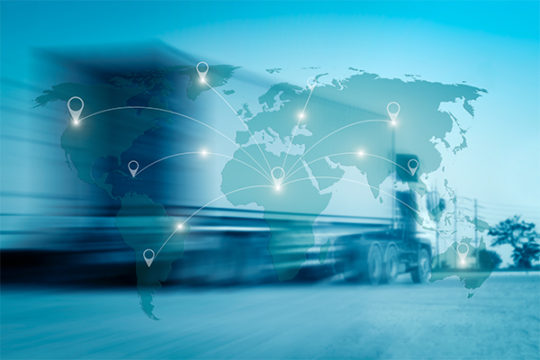In today’s supply chain, the way people think about Dangerous Goods transport is evolving. It used to be common for organizations to view hazmat compliance as a necessary evil—just a cost of doing business. They cared about safety, and they cared about avoiding delays and civil penalties, but that was the extent of their concern.…
2018 Dangerous Goods Symposium, Day 2—visions of a more automated future
Sometime in the not-too-distant future, someone will fill out the last paper Dangerous Goods declaration—ever. After Day 2 of the 2018 Dangerous Goods Symposium, it’s clear that the era of manual, paper-based Dangerous Goods processes is in its twilight. Here are some highlights from a day of revelations and insight. Blockchain and its coming role…
How will blockchain impact hazmat? Transparency 18 offered exciting clues.
Last month I had the pleasure of attending the Transparency 18 Summit in Atlanta. FreightWaves, the event’s host, offered an unparalleled opportunity to learn what’s new and emerging related to technology and supply chain. Based on my experience there, I’m convinced the future of the logistics industry is as exciting as ever. Since FreightWaves is…
As blockchain gets bigger, will hazmat transport get linked up?
Almost a year ago, we asked why no one was talking about blockchain in hazmat shipping. As far as we know, we’re still the only ones asking. There have been no significant developments in the application of blockchain technology to Dangerous Goods transport. Yet, as blockchain continues to grow more important to worldwide logistics, it…
How will hazmat benefit from tomorrow’s smarter supply chain?
Over the last few months, we’ve published several posts about new trucking technologies and their potential impact on the Dangerous Goods industry. But the wave of innovation that’s reshaping the trucking business is sweeping through the rest of the supply chain as well. For example: In 2016, venture firms poured at least $4 billion into…




